
You’d think a body temperature of zero would mean immediate death. But this isn’t the case for some animals. Some creatures freeze, then come back to life. But how does this happen? Animals have some crazy survival tricks, from stopping their hearts to antifreeze blood. Let’s explore how this happens.
Ice Crystals Are the Enemy
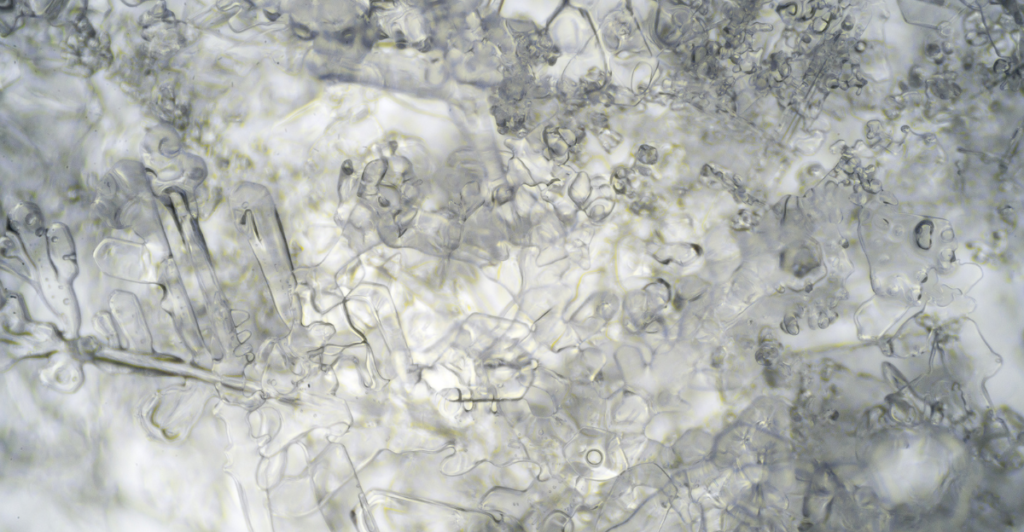
When water in cells freezes, it expands, forcing the cells to explode, which can lead to cell death. Animals that survive in freezing temperatures have evolved to prevent ice from forming in their bodies. Some of these animals empty water from their cells. Others assemble special proteins that control the formation of ice.
Supercooling – Staying Liquid Below Zero

Some creatures “supercool”, avoiding freezing altogether. Their body fluids stay liquid even below freezing. The Antarctic toothfish and the woolly bear caterpillar use chemicals that prevent ice from forming, even in very cold conditions.
Frog-sicles – The Wood Frog’s Frozen Heart
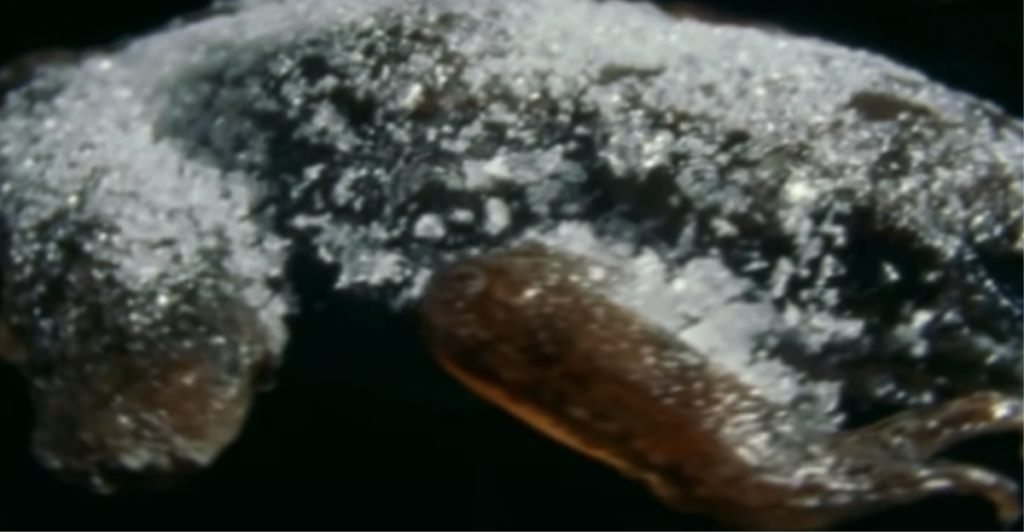
The wood frog (Rana sylvatica) freezes solid in winter. Ice forms between its cells, but not inside them. Its heart stops and it stops breathing. However, when spring comes, it hops away like nothing happened. It survives by flooding its cells with glucose, preventing deadly ice damage.
Arctic Ground Squirrels – The Coldest Mammal
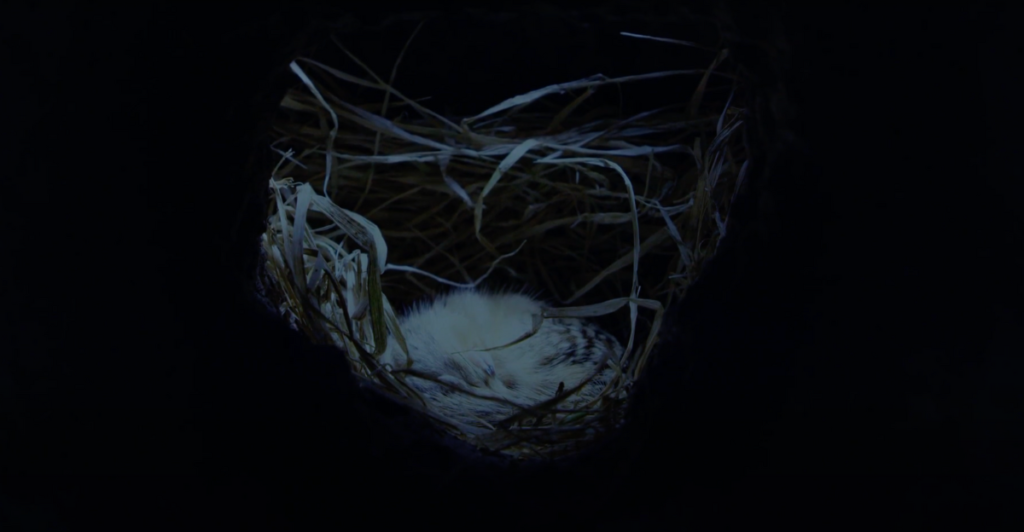
Most hibernating mammals stay above freezing. But the Arctic ground squirrel cools to -2.9°C. To avoid ice damage, it cycles between near-death and warming up. It shivers itself back to life every few weeks, only to freeze again. A risky but effective strategy.
Insects With Antifreeze Blood
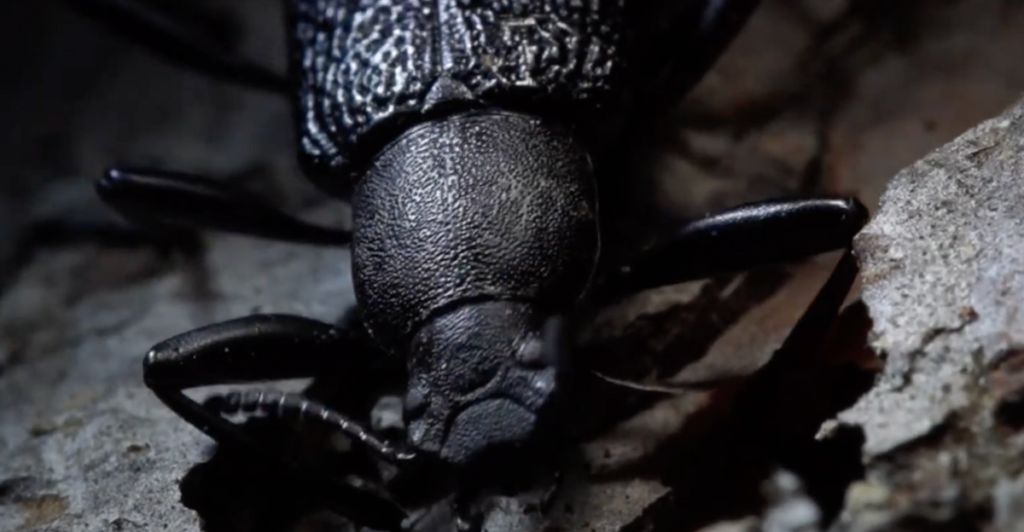
Some insects, like the Alaskan beetle Upis ceramboides, survive at -60°C. They produce antifreeze proteins that stop ice from forming inside them. Their blood thickens but never freezes, allowing them to survive brutal winters.
Antarctic Fish and Their Ice-Blocking Blood
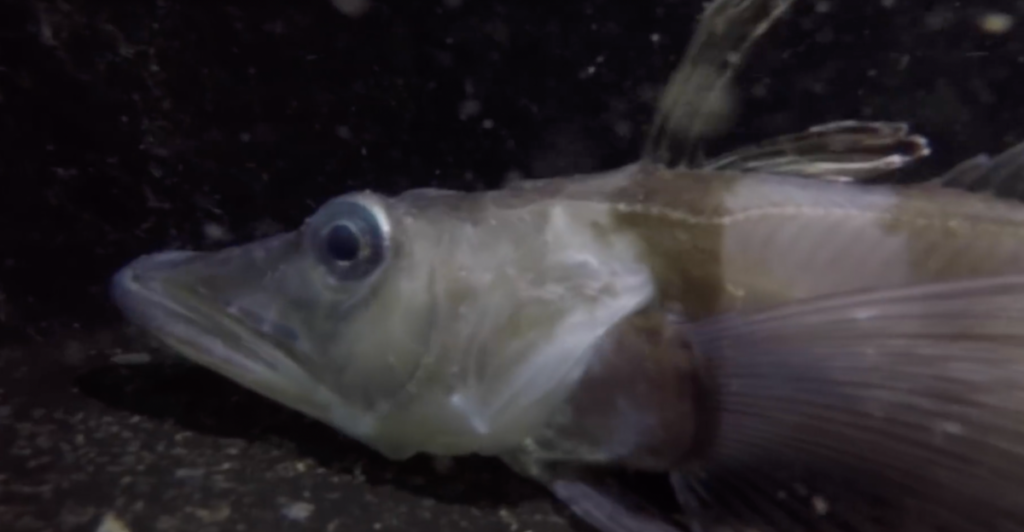
Antarctic icefish swim in waters that shouldn’t be hospitable to them. But their blood contains antifreeze proteins that stop ice crystals from developing. This anti-freezing property lets them stay active in temperatures that normally freeze fish solid.
Tardigrades – The Tiny Champions of Survival
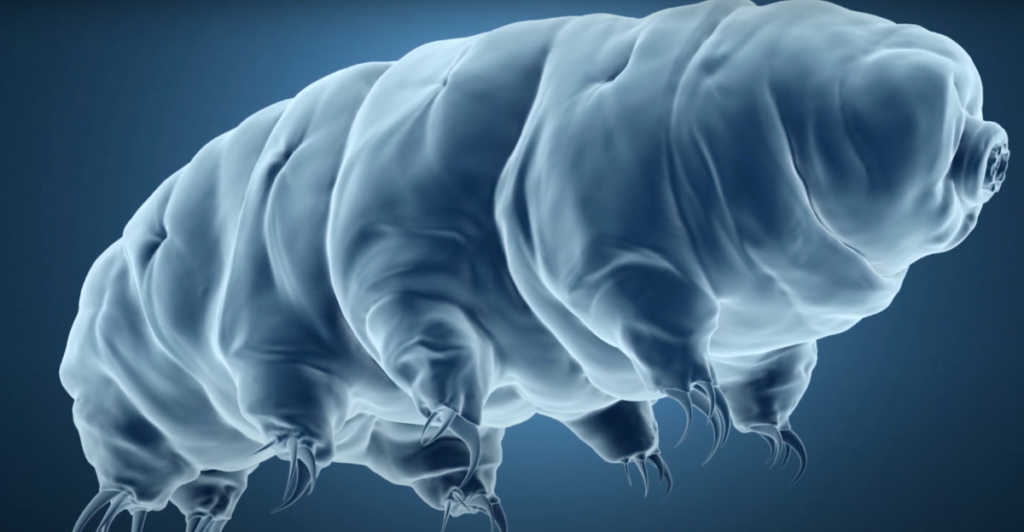
Water bears, also known as Tardigrades, can survive being frozen for years. They do this by “drying out” their bodies, which protects their cells from ice damage. When they rehydrate, they come back to life like nothing happened.
Freeze Tolerance vs. Freeze Avoidance

Animals mainly cope with extreme cold temperatures in two ways: freeze tolerance (surviving freezing) and freeze avoidance (stopping ice from forming). Insects and frogs employ freeze tolerance, while insects and supercooling fish usese freeze avoidance. Both strategies work, but in very distinct ways.
The Role of Sugars in Survival
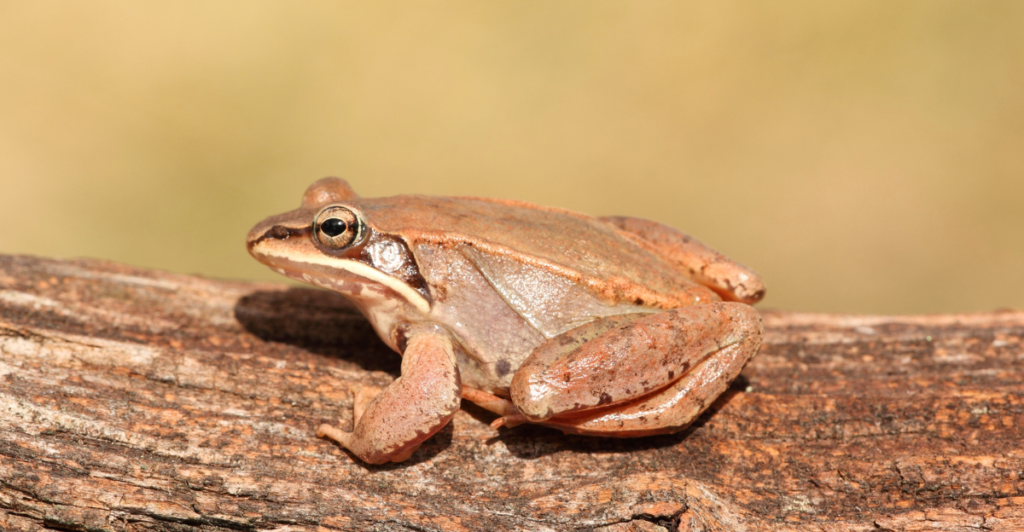
Numerous freeze-tolerant animals depend on glucose or glycerol to shield their cells. Glucose acts like a natural antifreeze, keeping ice from forming inside them. Wood frogs douse their bodies with sugar, and some insects replace their water with glycerol.
Hibernation and Metabolism Drops
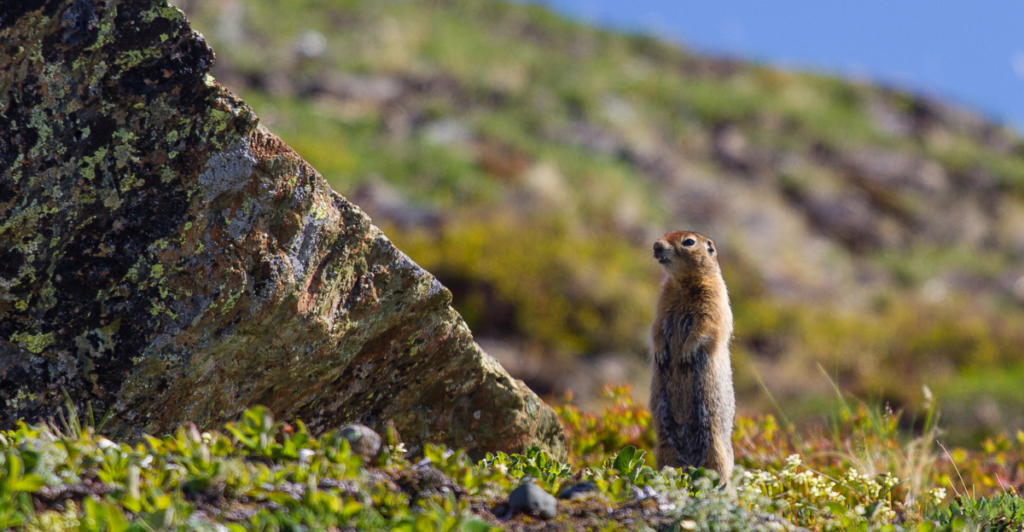
Animals that don’t freeze slow their bodies’ functioning down. For instance, the Arctic ground squirrel drops its body temperature to slightly above freezing. Its metabolism almost comes to a halt, barely burning any energy. This allows it to survive for months without food.
Can Humans Ever Do This?
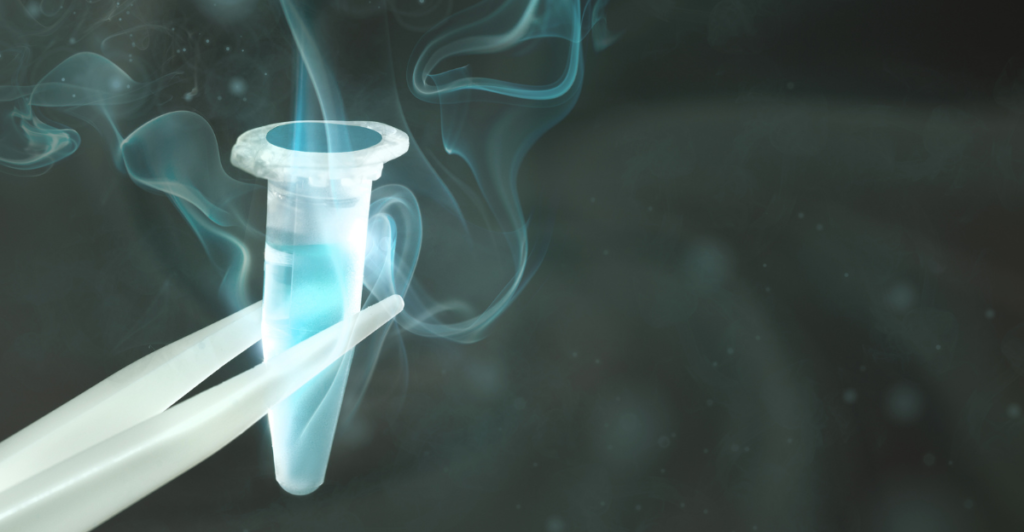
As humans we can’t help but wonder if it’s possible for us too, to freeze and come back. But as of yet, human cells don’t handle freezing well. Scientists examine animals like frogs and squirrels to understand how they’re able to bare the cold so well.
Nature’s Coolest Survivors

Enduring freezing temperatures seems like an impossible challenge, yet nature has developed extraordinary adaptations to overcome it. From frogs and squirrels to fish and insects, these creatures have sophisticated mechanisms to survive in icy conditions. Scientists continue to study them in hopes of uncovering valuable insights. Perhaps one day, humans will also find a way to freeze and revive.
Discover more of our trending stories and follow us to keep them appearing in your feed

12 Dormant Geological ‘Time Bombs’ Beneath America’s Surface
Zombie Deer Disease Continues To Grow Putting Hunters At Risk In These States
DNA Shows Woolly Mammoths Roamed Mainland North America Until 5,000 Years Ago
Rare Snakes You’ll Only Find on the East Coast
References:
Reference 1
Reference 2
This article first appeared here
Stay connected with us for more stories like this! Follow us to get the latest updates or hit the Follow button at the top of this article, and let us know what you think by leaving your feedback below. We’d love to hear from you!







